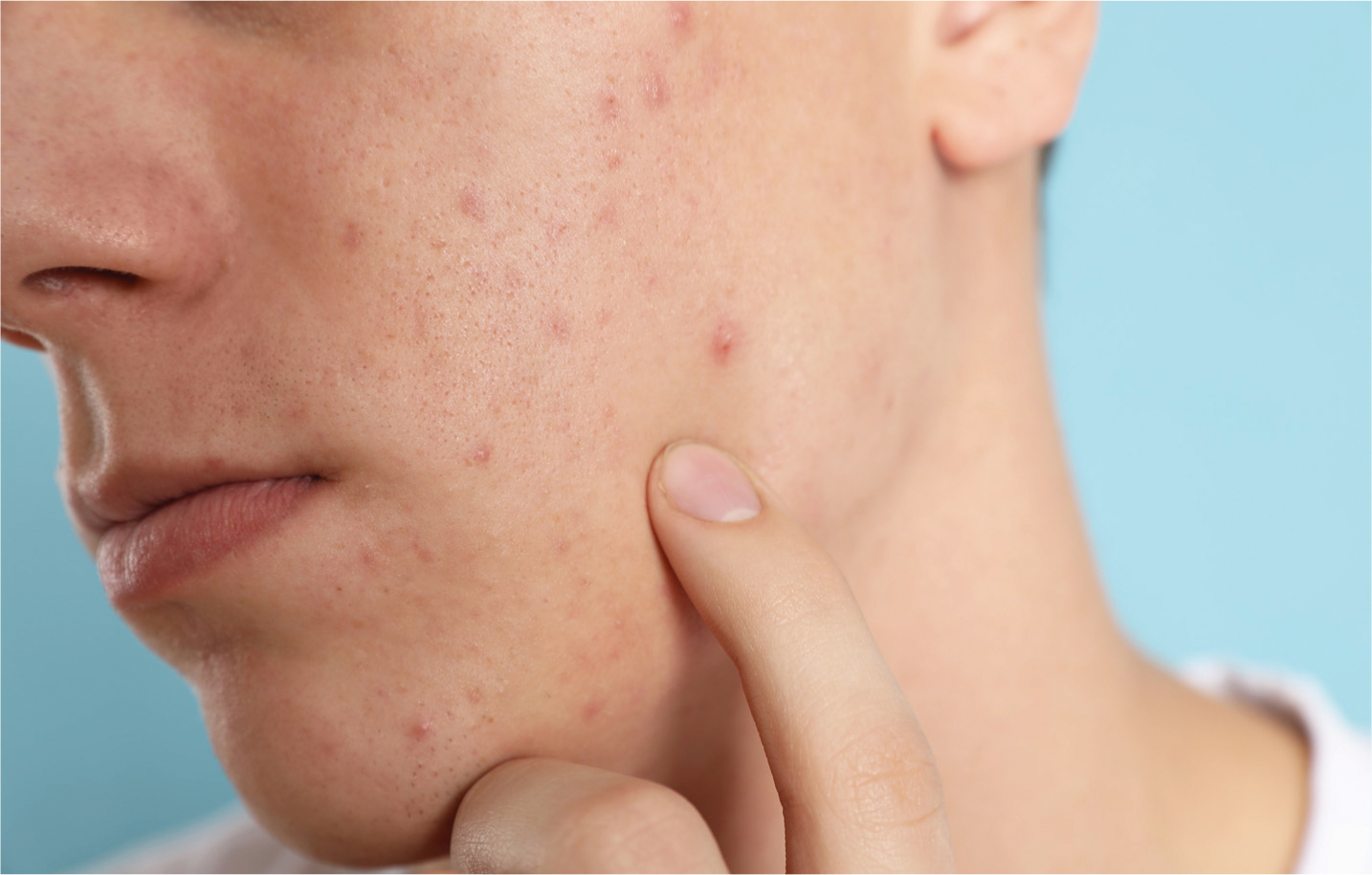References
RESEARCH ROUNDUP

Abstract
In this regular feature, aesthetic nurse Claudia McGloin presents a brief synopsis of a range of recently published articles on medical aesthetics. Research roundup aims to provide an overview, rather than a detailed summary and critique, of the papers selected. Should you wish to look at any of the papers in more detail, a full reference is provided at the end of each study summary

 One study showed that the differences between the skin microbiota in acne and rosacea can provide an understanding of disease progression
One study showed that the differences between the skin microbiota in acne and rosacea can provide an understanding of disease progression
In aesthetic clinics, one of the most common problems seen is unwanted hair. Usually, this is treated by using methods such as shaving, waxing and epilation. While these methods are effective, they are only a temporary solution.
In the last 10 years or so, the use of lasers and light-based technologies for unwanted hair has become one of the fastest growing treatments and methods in aesthetic clinics. Results have shown that laser treatments have excellent results for treating unwanted hair.
The aim of this article is to review the numerous laser and light-based medical devices used for removing hair, as well as looking at the different laser and patient factors that could potentially affect the overall outcome of laser treatment for hair removal.
While there are similar clinical presentations in patients presenting with acne and rosacea, it is considered that there are fundamental clinical differences in their pathophysiology.
Register now to continue reading
Thank you for visiting Journal of Aesthetic Nurses and reading some of our peer-reviewed resources for aesthetic nurses. To read more, please register today. You’ll enjoy the following great benefits:
What's included
-
Limited access to clinical or professional articles
-
New content and clinical newsletter updates each month


